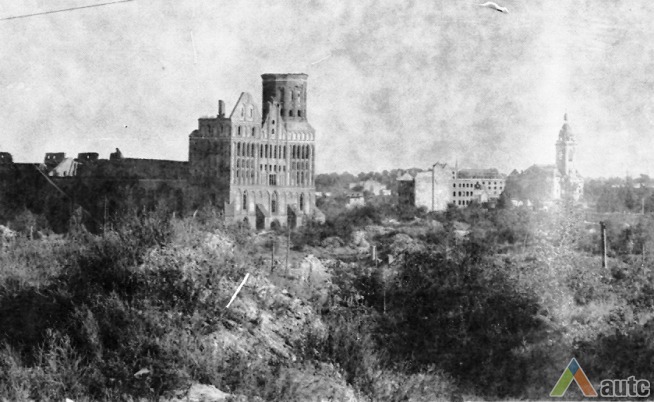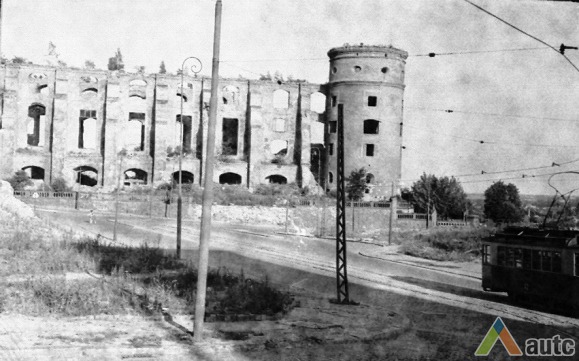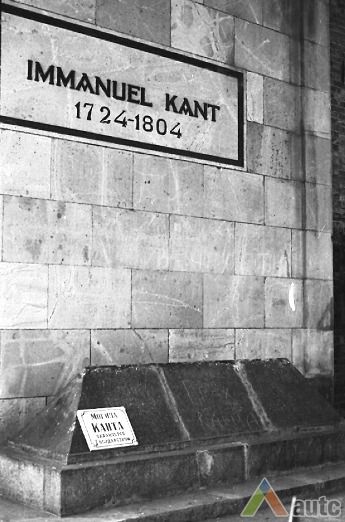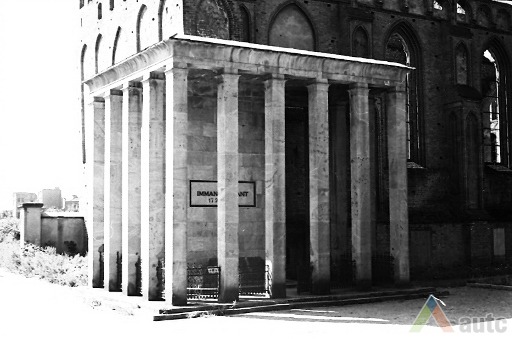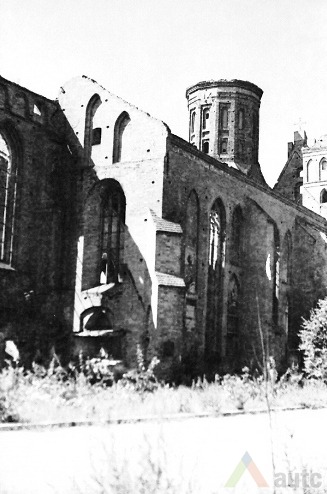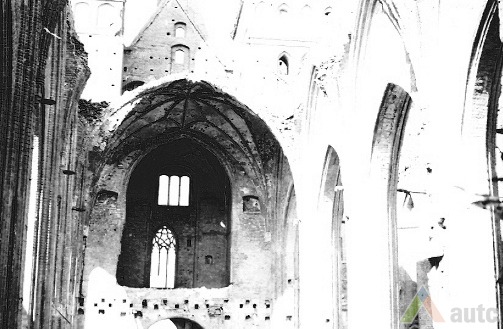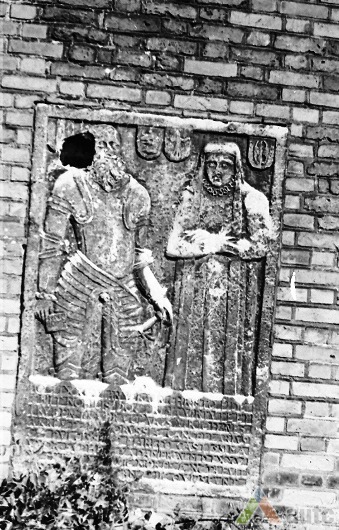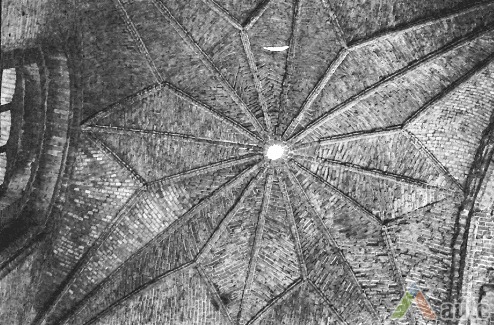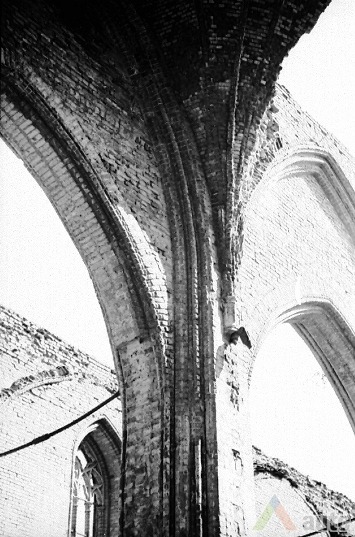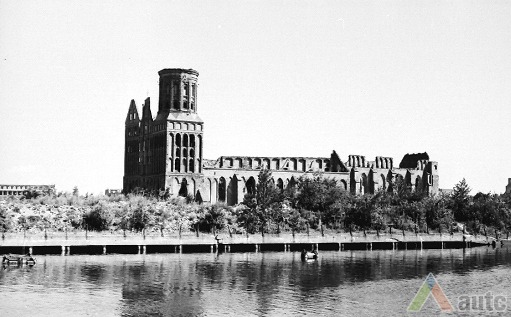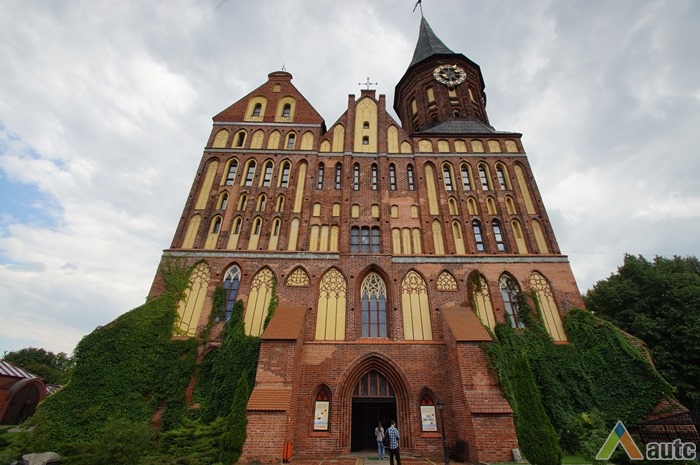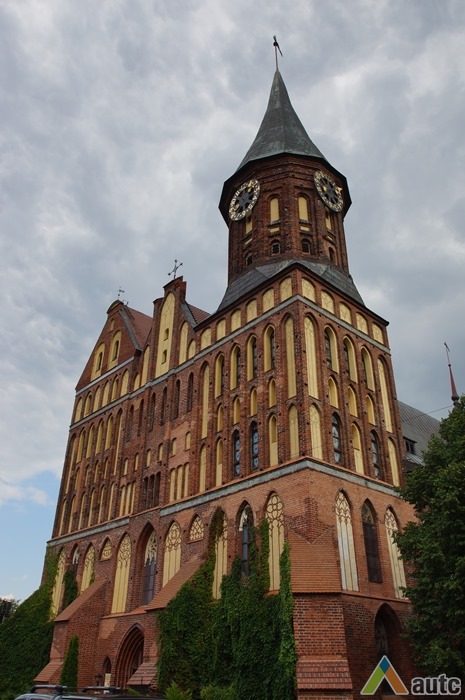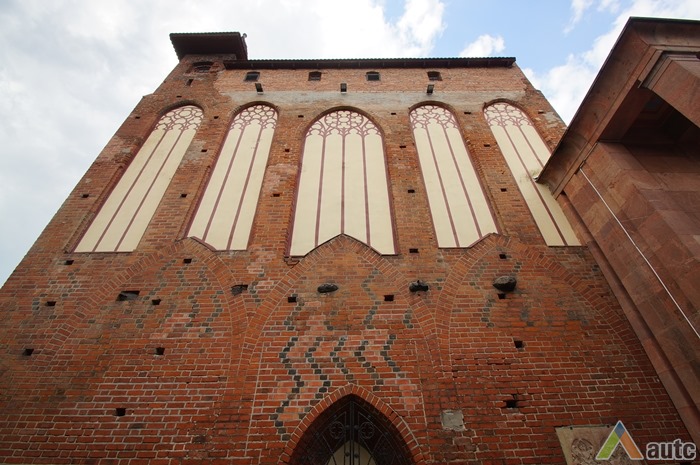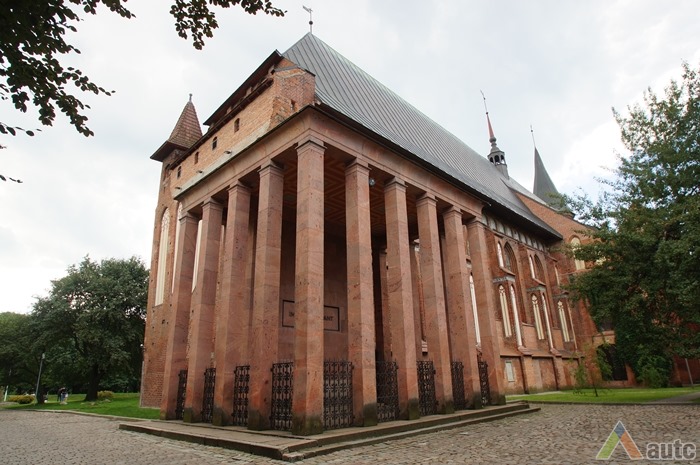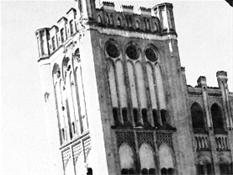


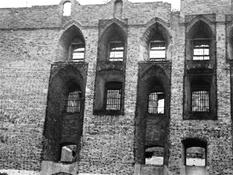
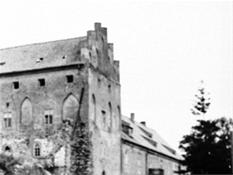
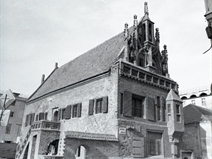

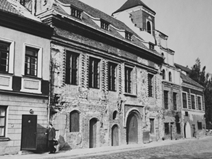

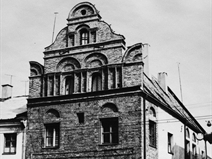
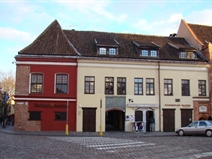
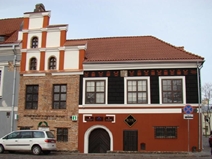
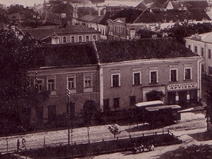
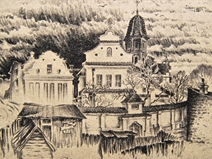
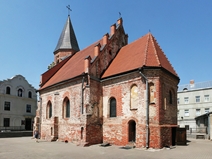
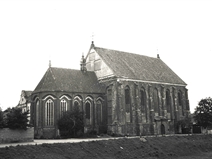
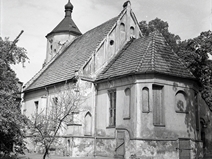
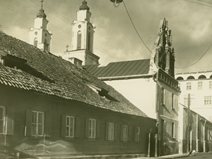
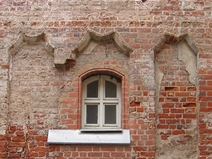
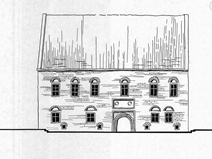
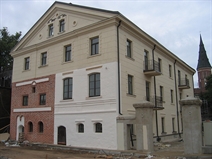

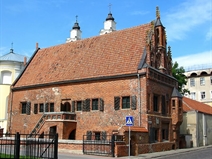
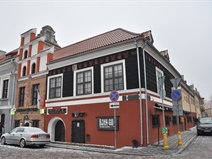

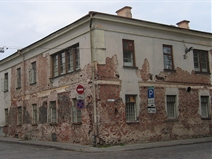
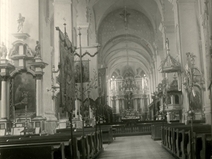
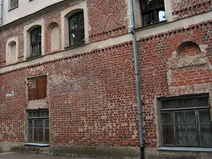
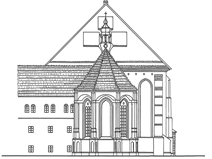

Gothic-style Königsberg Cathedral built by the Teutonic Order is an architectural and historical monument. It was granted the status of the cathedral by the Grand Master Luther von Braunschweig on 13 September 1333, though construction and interior works continued until the very 1380. The cathedral was a monumental 88.5 m long and 29 m high three-nave-hall building. On the west side, it had a pediment with two spires, which was a rather unusual element in the construction practice of the State of the Teutonic Order. The façades featured lancet windows, niches, buttresses arranged in symmetrical lines. In 1544, the cathedral was severely damaged by the fire. It destroyed both spires. Only one spire with a twelve-sided extension was rebuilt - after a while, a clock was mounted underneath the rebuilt spire. The interior acquired the Renaissance features.
In the 19th century, the cathedral was restored for a number of times by preserving its original looks. The interior was decorated with a vaulted nave ceiling supported by massive, yet elegant pillars. Among the noteworthy elements - the Baroque altar adorned with wooden carvings, the sandstone pulpit designed in 1589 and the Crucifix created in 1520. The interior abounded in the works of art: the paintings by the artist Anton Möller picturing the Last Judgment, the Last Supper and other biblical scenes, the mouldings created by the famous masters from East Prussia Isaac Rig, Matthias Poertzel and others. The cathedral was equipped with valuable liturgical ware - organ, 5 bells, one of which dated back to 1492 and was the largest bell ever made in East Prussia.
Eventually, the cathedral became the pantheon of the most prominent rulers of the Teutonic Order and the Duchy of Prussia - the grand masters, marshals, bishops of the Teutonic Order and cultural figures were buried in the cathedral. Among them - Duke of Prussia Albrecht, his family members and relatives, German philosopher Immanuel Kant, one of the founding fathers of the Lithuanian writing tradition and professor of the University of Königsberg Stanislovas Rapolionis, Governor of the Duchy of Prussia, Lithuanian noble Bogusław Radziwiłł.
In 1944-1945, the cathedral was severely devastated - it was hit by bombs and damaged by fires. There were plans to demolish the monumental building in the 1960s, if not for the opposition of local residents. The cathedral was reconstructed in 1994-2005. Two chapels, one Protestant, the other Orthodox, as well as the city history museum were opened after the reconstruction.
Vaida Almonaitytė-Navickienė
